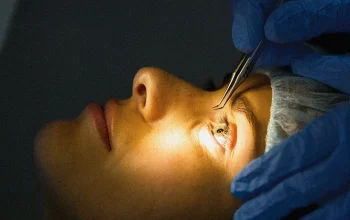Telemedicine: In recent years, videoconferencing technologies have enabled remote diagnostics and treatment of patients. Telehealth is making it easier for people to access medical attention when they need it and reduces the chance of illness spreading. Patients have come to recognize the convenience and cost savings of this type of care. They can even get their checkups at home or at their work, if they want to. However, telehealth is not just a benefit for patients.
Consumer empowerment: The growing awareness of health and wellness among Americans is leading to greater patient empowerment. This trend is driven by the availability of digital technology and consumer interest in health and wellness. Consumers are more informed and more active than ever and increasingly select providers and health plans based on their experience. The health care industry is catching up to consumer expectations as they shift their healthcare spending. The future of health care will be shaped by these trends.
Increasing use of technology: As healthcare services are impacted by the aging baby boom generation and growing costs of prescription medications, new developments are transforming the way they provide health care. New technology is transforming the way doctors and patients deliver care and improving the patient experience. Telehealth solutions are a great example of this change. Remote visits to the doctor’s office are becoming more commonplace. By utilizing these tools, doctors can provide quality care to their patients and manage the cost of their patients.
The use of big data is nothing new, but predictive analytics is an important trend in the future of health care. Big data provides real-time reports and increases response efficiency. Predictive analytics is an emerging industry with an estimated $9 billion market value by 2020. The technology allows for the analysis of data from various sources, such as weather, to make predictions about health-related events. The benefits of predictive analytics go beyond medical records. These solutions allow better resource allocation and behavior analysis, and ultimately lower treatment costs for patients.
AI is also a trend. Advances in artificial intelligence and other technologies will improve quality and access to healthcare. The use of big data will make healthcare more customer-centric and easier to access. It will also make healthcare safer. By 2020, the use of AI in healthcare is expected to grow at a rate of 41.8 percent. A recent study found that healthcare organisations are leading the way when it comes to AI. McKinsey Research estimates that 44% of health care organizations plan to increase AI investments in the next few years.
Connected medical devices will also play an important role. For instance, an IoT-connected device can detect abnormal electrocardiography patterns and notify a doctor if something goes wrong. By using sensors and wearable devices, medical equipment can be smarter and more convenient. Patients can manage their diabetes and improve their health outcomes with the help of connected glucose monitoring devices. The adoption of cloud computing and mobile applications will support the growth of IoT in health care.




